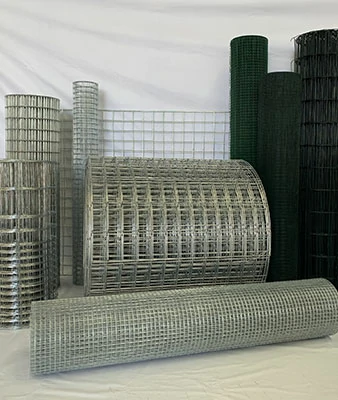nails to use with pressure treated lumber
Choosing the Right Nails for Pressure-Treated Lumber
When it comes to building outdoor structures, such as decks, fences, or pergolas, pressure-treated lumber is a popular choice. This type of wood has been chemically treated to resist rot, mold, and insect damage. However, using the right nails is crucial to ensure the longevity and stability of the construction. In this article, we will explore the various types of nails you should consider when working with pressure-treated lumber.
Understanding Pressure-Treated Lumber
Before diving into nail selection, it's essential to understand what pressure-treated lumber is. The process involves placing lumber in a pressurized chamber filled with chemical preservatives that penetrate the wood fibers. These preservatives help prevent the wood from deterioration caused by moisture and pests. However, the remaining chemicals can react adversely with certain metals, which is why selecting the proper fasteners is critical.
Types of Nails for Pressure-Treated Lumber
1. Galvanized Nails Galvanization is the process of coating steel nails with a layer of zinc. This barrier helps to prevent rust and corrosion, making galvanized nails an excellent choice for use with pressure-treated lumber. When selecting galvanized nails, ensure that they are rated for use with treated wood. Look for “hot-dipped” galvanized nails, as they tend to be more durable and corrosion-resistant compared to electro-galvanized nails.
2. Stainless Steel Nails Stainless steel nails are considered the best option for pressures treated lumber, especially in applications that require maximum durability and resistance to corrosion. Although they tend to be more expensive, their longevity makes them a worthwhile investment for outdoor projects. Stainless steel also resists the corrosive chemicals present in pressure-treated wood, ensuring that your structure remains sturdy over time.
3. Copper Nails Copper nails are another option that offers excellent resistance to corrosion when used with pressure-treated lumber. However, copper can react with certain preservatives, leading to staining or weakening of the wood. For this reason, it’s essential to check the compatibility of the copper with the specific type of pressure-treated wood you are using.
4. Composite Decking Screws If you are constructing a deck using pressure-treated lumber and composite decking materials, consider using composite deck screws. These screws are designed specifically for composite materials and are often coated to prevent rust and corrosion. They provide a secure hold while reducing the risk of splitting the wood.
nails to use with pressure treated lumber

Additional Considerations
When working with pressure-treated lumber, there are a few additional factors to keep in mind
- Nail Size The size of the nails is essential for holding the pieces together securely. As a general rule of thumb, use at least a 2.5-inch nail for thicker boards, but always consult local building codes for specific requirements.
- Nail Length Use nails that penetrate at least 1.5 inches into the wood for a secure hold. Longer nails provide better anchorage, especially in larger construction projects.
- Nail Spacing Maintain proper spacing between nails to ensure even load distribution and structural integrity. Typically, nails should be spaced 16 inches apart for most building applications.
- Environment Conditions Consider the local environment when selecting nails. Areas with high humidity or coastal regions may require additional corrosion-resistant fasteners.
Conclusion
Choosing the right nails for pressure-treated lumber is vital to ensure the strength and durability of your outdoor projects. While galvanized and stainless steel nails are commonly recommended, always consider the specific requirements of your project, including the type of lumber, local environmental factors, and any additional building codes. By taking the time to select the appropriate nails, you can enhance the longevity of your construction and enjoy peace of mind knowing that it will withstand the test of time.
-
Innovations in Razor Barbed Wire Design TechnologyNewsAug.11,2025
-
Roofing Nail Compatibility with Different Metal Roof TypesNewsAug.11,2025
-
Welded Wire Mesh for Rockfall Protection BarriersNewsAug.11,2025
-
Galvanized Wire Corrosion Resistance TestingNewsAug.11,2025
-
3D Fence Solutions Preventing Bird CollisionsNewsAug.11,2025
-
Using Chain Link Fence for Urban Garden SupportNewsAug.11,2025




